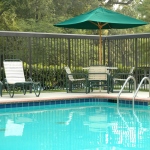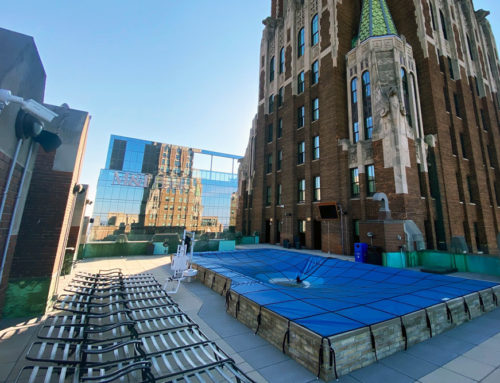Fortunately, thanks to ongoing advances in everything from safety codes to high-tech warning systems, you can expand your safety “toolbox” to ensure your pool goers stay safe and healthy this summer. Consider these noteworthy advances to your safety efforts as you head into peak pool season:
A Model Code
Released in summer 2014 by the CDC, the Model Aquatic Health Code (MAHC) provides a new set of comprehensive guidelines for developing effective pool codes aimed at preventing pool-related problems such as drowning, using the wrong chemical or too much of a chemical, or outbreaks caused by bacteria.
Before the MAHC was created, local health departments and agencies had to do their own research to create such safety codes, resulting in codes that varied widely from one area of the country to another.
“The Model Aquatic Health Code saves local resources, improves standards and provides for consistency around the country, so states will not have to reinvent the wheel to update their codes,” said Doug Sackett, director of the MAHC Steering Committee, when the first module of the code was released. “Leaders from industry, academia and government collaborated to create a standard that is based on the best available science.”
It’s worth noting that the MAHC is not a federal law, but instead a tool for government agencies to use to develop their own pool codes. “Aquatics sector leaders don’t have to wait for a government agency to adopt the MAHC,” notes the CDC. “They can implement key MAHC elements now to start improving health and safety at their facilities.” Visit the CDC website to access the MAHC in its entirety.
Alarming Aids
Aside from codes and helpful guidance, there are also a variety of high-tech devices that can keep your swimmers safe. New safety monitoring devices include cameras that capture the bottom of the pool, allowing someone monitoring the footage to see immediately if a swimmer is in trouble, reports Recreation Management. Similarly, it is possible to purchase and install “smart” motion detectors that will set off an alarm if a swimmer stays on the bottom for too long.
Alarms are also available in wearable form, but should only be used by swimmers with direct adult supervision. Young swimmers (and those supervising them) can wear them as necklaces or bracelets. If a swimmer’s piece of “jewelry” becomes immersed in water, an alarm goes off, alerting adults to the danger. Also on the market now is a detector that can be worn on the head while swimming. If a child stays underwater beyond a pre-set time, say 30 seconds, an alert is sound. Though a wearable alarm can offer additional protection against drowning, it should never replace qualified, vigilant lifeguards.
Pool Gates
Often, a protective barrier is most effective in saving a young child from danger. While pool gates have been around for many years, newer models provide a great deal more safety than older versions. Some pool gates have delayed alarms that sound, while others have alarms that go off immediately and loudly, signaling to the pool owner or manager that someone or something is close to the water and should be watched. Depending on the gate you choose, it could require a pass code to unlock, or it could simply have a lever or a lock. Choose one that you think is most appropriate for your pool, and you’ll have peace of mind knowing that you’ll keep unauthorized visitors out — and be notified of anyone getting too close to the water without your supervision.
At American Pool, we offer a full range of pool maintenance and management services — and can help you figure out how to optimize safety at your pool. Get in touch to find out how.






